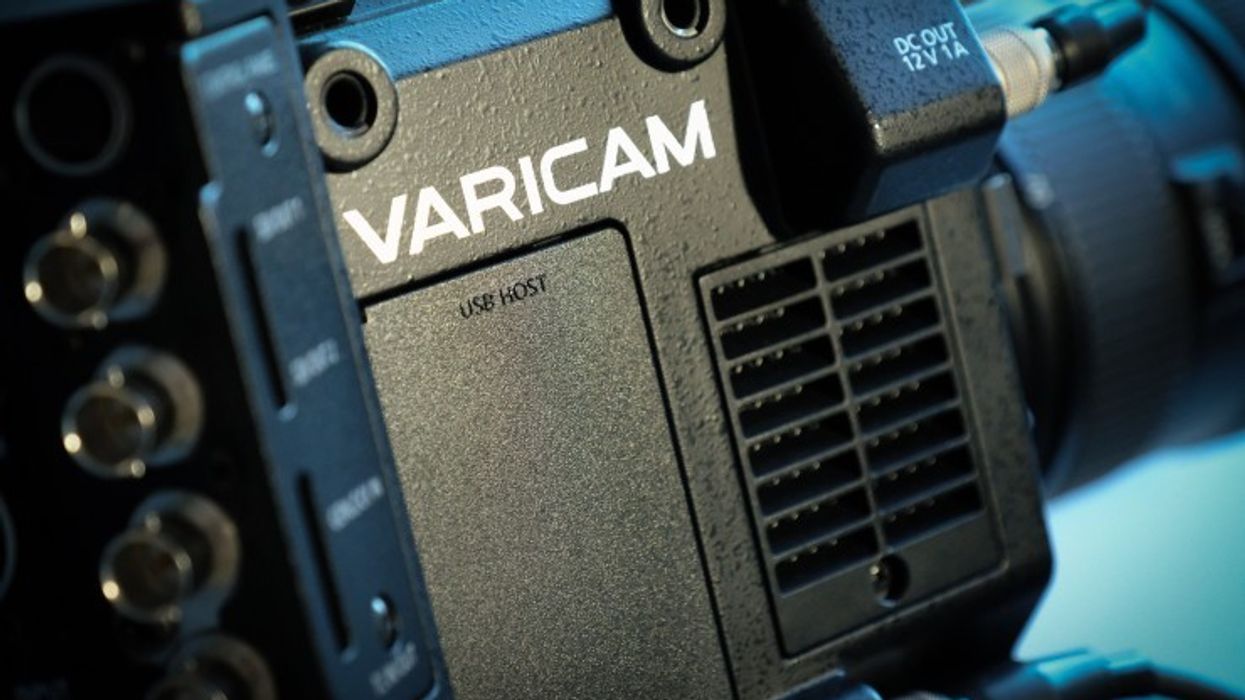What's That Noise? Exploring the Low Light Color Sensitivity of the Varicam LT
With the amazing low light capabilities of the Varicam line, filmmakers now face a new type of noise in their images.

In our review of the Varicam LT back in May, we pointed out that camera's images exhibit a tiny bit of noise at 5000 ISO. The noise is very minimal, and outstanding actually for such a high ISO setting. Nevertheless, the noise is there.
We got in touch with Panasonic to talk about it, and they explained that what we are seeing is actually "shot noise," sometimes written as "Schott Noise" after the German physicist Walter Hermann Schottky. Camera noise, which is what most of us are used to, is the noise that comes from boosting the signal in the camera that is coming off the sensor. As you boost the ISO higher and higher on your camera, you get more and more noise as a result of the signal boost. With the Varicam LT's "native" 5000 ISO, the sensitivity is built into the sensor and there is no signal boost occurring, thus what we're seeing in the image at 5000 ISO isn't camera noise, but rather shot noise.

Shot noise isn’t an artifact of pushing the signal up. Shot noise comes from light itself. Light, as you might remember from high school physics, is both a particle and a wave. Because light travels in a wave, it doesn’t consistently land in the same place all the time. With enough photons, light waves average out and precise images can be captured, but in low light situations, the nature of light waves reduces the precision of captured images. In low light scenarios, sometimes more light falls on a photosite, sometimes less. Hence, noise.
To be clear, the visible shot noise seen in the Varicam LT's images at 5000 ISO is so minor that any good noise corrector, like that built into Resolve, or plugins like Magic Bullet or Neat Video, can remove it nearly instantly. The noise is very minor. But it’s still there, which we found fascinating, so we asked Panasonic if they would give us another weekend with the camera just to explore shot noise.
Shot noise doesn't only affect filmmakers, by the way. If you dig into the dense but interesting Wikipedia article about shot noise, you will discover many implications of shot noise when working with light and electromagnetism in many forms.

The main goal of our test was to determine whether the color of light affects the shot noise. Since the various wavelengths of light have different amplitudes for their wave (wavelength and amplitude being related), we wanted to test various lighting scenarios in low light to see if we got differing levels of shot noise. To do that, we used the Hive Wasp, which gave us a high level of control of the overall color of the light. To maximize our testing, we created a scene with extreme red light, and another scene with extreme blue light, as you can see from the spectral analysis of the shots above, created using the AsenseTek Lighting Passport. The red footage was only red light, and the blue footage was only blue light, which placed them as far apart from each other as possible in terms of wavelength.
This is complicated a bit by the fact that red has traditionally been the softest imaging layer. On color film, red is the bottom layer of the celluloid, meaning it gets the least amount of light. The least amount of light, in turn, means the red layer of film has the largest grains, so scenes shot on film in purely red light often don't look as sharp as scenes with the full spectrum of light. In the days when all films were shot on celluloid, the going advice was to not shoot with only red light, even for a "photographic dark room" scene, but to shoot normally and push it red in post to avoid this level of red softness (which happened when the noisy red-heavy negative got doubled up with noisy red-heavy print).
While single chip digital imagers don't work in layers, red light still has a longer wavelength than blue—700nm vs 400nm—but since those units are nanometers, they shouldn't affect sharpness dramatically. But do they affect shot noise?

Based on our test, red light with its longer wavelength seems to be just slightly noisier than blue light, in terms of the shot noise on the Varicam. We see it in the image above both on the shadow of the juggling ball, and the juggling ball itself. The noise level is low enough that it shouldn't affect your decision making on set, and as with all the noise on the Varicam, pretty much any noise corrector should make it disappear quickly if you don't like it. But there does appear to be a slight increase in the noise level, even when correcting for matching exposure.
Which, we think, is pretty cool.











